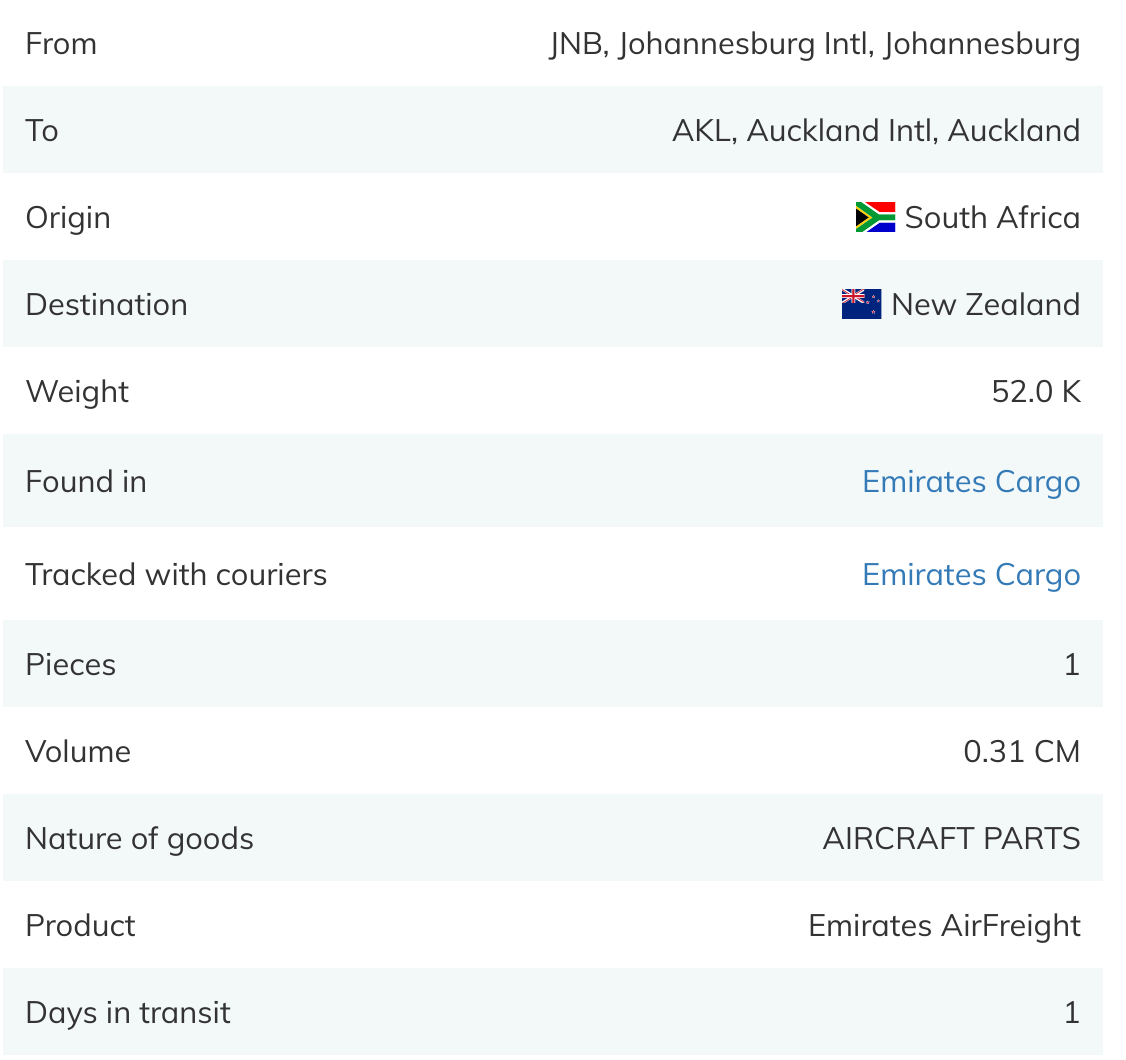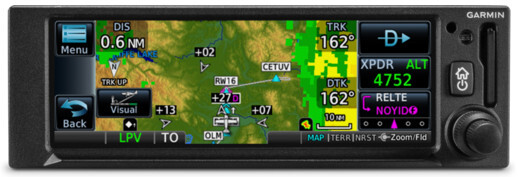Tail Shipped
Counting down...

Got word from the factory that my tail shipped last Friday, so hopefully here in the next week or so. Will be great to finally get started!
Avionics

I've had a good dialogue with our CAA regarding an IFR approval, and it seems the requirement to have a physically separate NAV radio to back up the GPS navigator is firm, so this rules out a GTN 650 on it's own. Rather than install another additional GPS navigator or NAV radio as a backup, which will be very expensive and be difficult to fit in the panel, I'm leaning towards using a GNX 375 GPS/transponder and a GNC 255 NAV/COM radio. This removes the requirement for a GTX 45R transponder and covers all the GTN 650 functions.
This will mean the panel will contain:
- G3X GDU 460 PFD and MFD (and accessory LRUs)
- G5 backup EFIS
- Airmaster prop controller
- GNX 375 GPS navigator
- GNC 255 NAV/COM radio
- GMC 507 autopilot controller
- GTR 20 COM radio (COM2, remote mount)
- VP-X Pro (ECB, remote)
VOR Antenna and coax cables
A NAV radio will need a VOR antenna, so I've selected the RAMI AV-525. This has a straight component centrally so will go well with the internal mounting position of the hub. As the VOR antenna is a dipole, it does not need a ground plane but does instead need a balun between the elements and the coax cable. The -525 has an internal balun, whereas the otherwise similar AV-12 requires a balun fabricated out of coax.
I've chosen to go with RG-400 coaxial cable for my VHF NAV/COM and transponder antennae rather than RG-58, which has some longevity and robustness concerns. I'm considering RG-174 for the GPS antennae. GPS receivers require a degree of attenuation to suppress noise and so a minimum length of cable is needed, and the higher attenuation RG-174 can be shorter. However most is single-shielded, and the jacket/insulator is less fire-resistant than RG-400 so I may just end up using RG-400 for all the antennae.
There's a good video summary of the reasons for preferring RG-400 and the prep process here.
I've ordered Huber-Suhner coax in both specifications from Mouser, and Amphenol BNC (VHF, jack, plug) and TNC (GPS) connectors. These are pricey but well-regarded.
The BNC connectors require a hex crimp tool with .068 (pin) and .213 (ferrule) inch dies, and the TNC requires .068 and .178. This is quite hard to find as a single die using a combination of RG-174 and RG-400 is presumably uncommon compared to RG-58 (and -59/6 for UHF TV).
Amphenol does make a crimper frame with interchangeable dies, however it and its clones are hard to find so I settled on an interchangeable die unit from Amazon which looks of reasonable quality and has all the dies I'd need for both coax sizes. I also got an adjustable coax stripper.
Although it's not ideal having multiple connectors installed along an antenna run, I do plan to put a BNC connector in the VOR cable between the vertical stabiliser and fuselage. This will allow me to take the tail off and keep it separate from the fuselage during the building and painting etc, and from a pragmatic point of view, the plane won't fit out my garage door with the vertical stabiliser fitted!